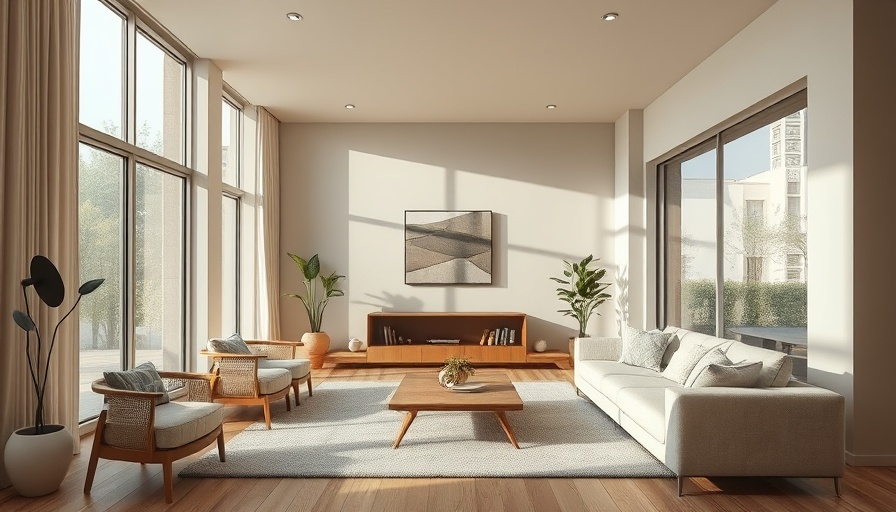
Design Trends From The 2010s To Today: A Harmonious Blend
The era from the 2010s to the present has established a remarkable approach to interior design, offering a unique blend of modern conveniences and classic aesthetics. As design experts point out, today's homes beautifully balance vintage character with contemporary technologies, evoking warmth and comfort.
Today's spaces embrace elements such as reclaimed wood, exposed beams, and vintage accents harmoniously integrated with modern, clean lines and smart home technologies. This blending leads to spaces that are not only functional but also rich in personality and sustainability.
Creating Timeless Spaces: Pairing Classic With Modern
Design experts emphasize the importance of creating a timeless experience by marrying traditional and modern elements effectively. Alex Taylor from CrownTV advocates for complementing classic details with bold, modern twists, such as using reclaimed wood for contemporary installations like floating vanities and accent beams. The intentional juxtaposition of matte black hardware against lighter features adds a sophisticated edge.
This trend underscores how amalgamating styles does not merely preserve tradition but elevates it, making homes feel both lived-in and avant-garde. The result is not just visually appeal but a narrative of history and modernity coexisting.
Smart Design That Connects: Modern Meets Timeless
The integration of smart home technology with classic design elements enriches living spaces. Rebecca Lauren Interiors notes the trend of blending innovative technology, like automated lighting and smart appliances, with vintage designs, creating a home full of earthiness while still being distinctly contemporary.
This balance benefits not only the aesthetics but also enhances functionality, allowing residents to enjoy the comforts of modern tech without sacrificing warmth and nostalgia.
Design Focus: Connection and Comfort Above All
In an era defined by social connections, home design has shifted significantly—now prioritizing comfort and shared experiences. Meredith Myers at Jack and Mo mentions that kitchens and living rooms now serve as family gathering spots. This trend reflects society's evolving values, where spending quality time with loved ones in beautiful, welcoming spaces takes precedence.
Outdoor living areas also embody this spirit, featuring cozy seating arrangements and functional fire features, emphasizing comfort beyond the walls of the home. Entryways designed with welcoming features such as built-ins and inviting decor further enhance the overall experience.
Important Factors Influencing Interior Design Trends
The essence of home design in the past decade is about more than aesthetics; it holds social significance. The focus on sustainability matters as more people seek eco-friendly materials that contribute positively to the environment while enhancing their living spaces.
Investing in homes equipped with energy-efficient appliances and upcycled materials not only promotes environmental consciousness but also appeals to a growing market of buyers drawn to these values.
Future Trends: Where Are We Headed?
Looking ahead, we can expect the trend of versatility in interior design to evolve further. As technology integrates even deeper into our lives, the juxtaposition of classic and cutting-edge will likely shape future design trends. Expect to see more multi-functional spaces that enfold comfort, style, and sustainable practices like never before. Smart homes will continue to adapt to individual needs, creating a more personalized living experience.
Conclusion: The Balance of Old and New
The interior design journey since the 2010s has cultivated a rich narrative of merging the old with the new, all while focusing on connection, sustainability, and practicality. As home buyers explore available properties through platforms like Redfin, Zillow, and Trulia, they will find a landscape abundant with creativity and thoughtful design choices. Whether searching for houses for sale or contemplating new construction homes, the reflections of these trends will resonate throughout the real estate market.
For those interested in diving further into the realm of interior design, it's essential to stay informed about emerging trends that shape our living spaces. Embrace the beauty of balancing character and innovation in your home today!
 Add Row
Add Row  Add
Add 



Write A Comment